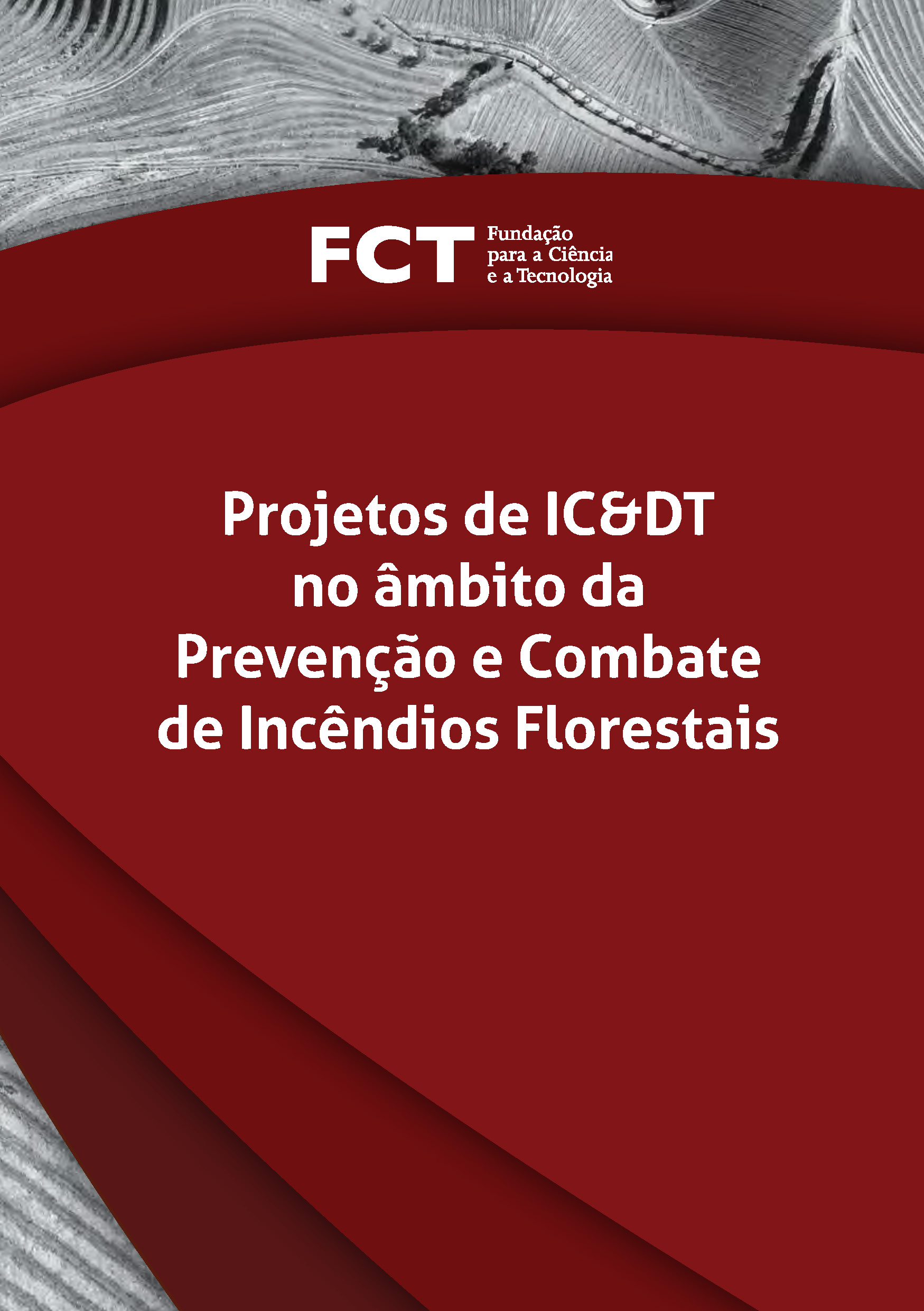Updating the brochure on IC&DT Projects in the area of Forest Fires

The FCT has updated the brochure on Calls IC&DT Projects in the field of Forest Fire Prevention and Fighting, which is available online for consultation.
A first version of this brochure, which reflected the IC&DT projects selected from the 2017 and 2018 editions, was presented in November 2019 at the meeting "Rural Fires: Better management based on scientific evidence", organized by FCT, ForestWISE - Collaborative Laboratory for Integrated Forest and Fire Management and the Agency for Integrated Rural Fire Management (AGIF). This new version of the brochure includes the 19 projects selected in the 2019Call , the last under this program, and is now complete with all 56 projects selected in the three editions held.
The R&D Program for preventing and fighting forest fires was created by Council of Ministers Resolution 159/2017 of October 30, following the fires of 2017. The aim of this program was to strengthen the development of R&D activities aimed at encouraging and strengthening scientific and technological skills and capabilities, as well as ensuring the appropriation and incorporation of scientific knowledge into decision support in operational systems and facilitating the production of new knowledge aimed at solving concrete and real problems.
The program had an allocation of 15 million euros, which was distributed among the three Calls for the selection of IC&DT projects within the scope of Forest Fire Prevention and Fighting, which resulted in the approval of 56 projects aimed at preventing and fighting forest fires, considering the following themes and areas:
- Governance of forest resources, including fuel management in rural areas, integration and mechanisms for communicating the risk of fires, as well as the consideration of attitudes and behaviors;
- Valuing biomass in rural areas as a factor in boosting the local economy and the participation of the population;
- Models for organizing and managing forest areas in terms of protection, conservation, silvopastoralism, recreation, leisure and production, integrating territorial, social and economic components;
- Models of planning and preventive forestry and of restoration and post-fire management, at different temporal and spatial scales.